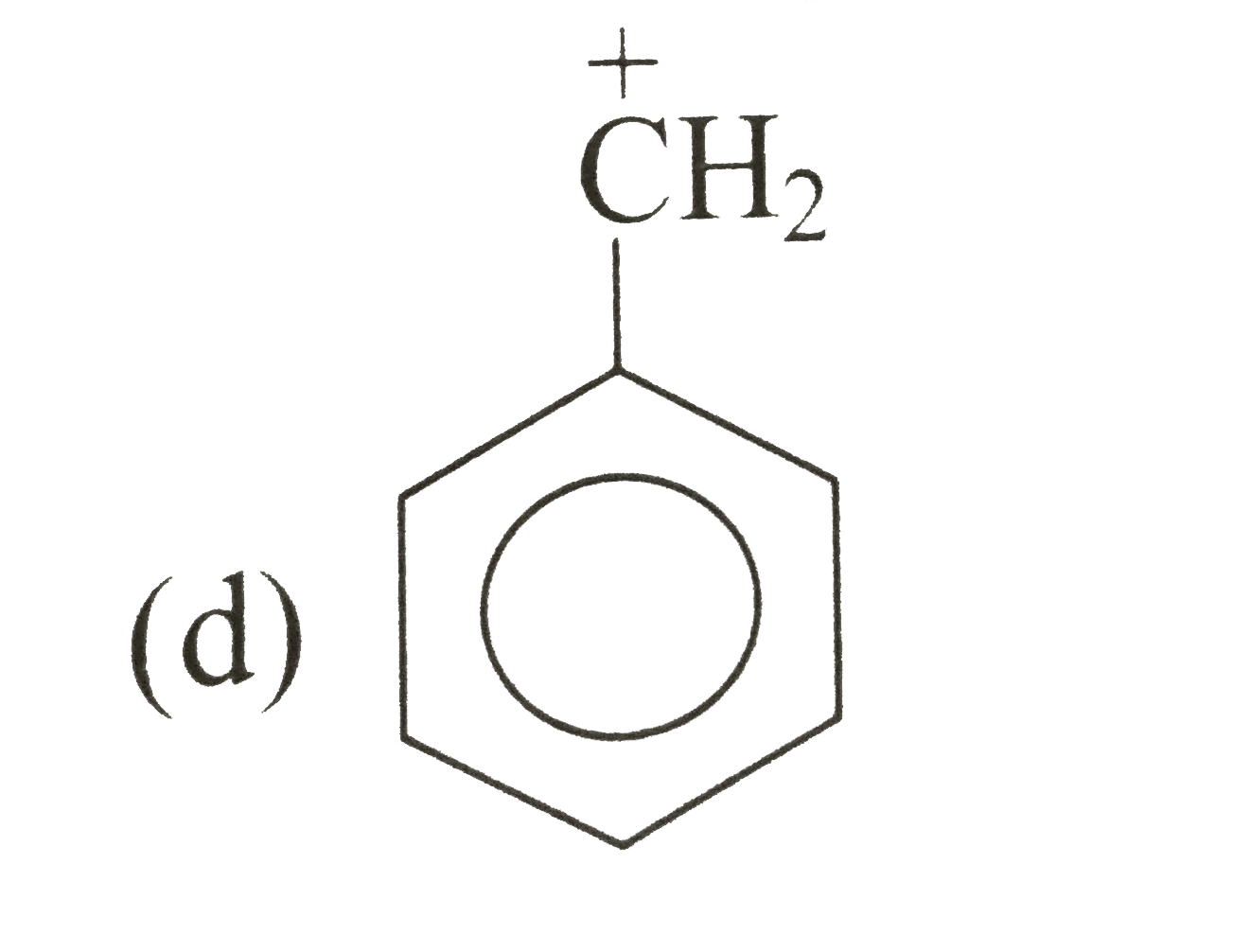Why less stable carbocations tend to rearrange to more stable carbocations but carbanions and free radicals do not ? Why so ? Explain.
To understand why less stable carbocations tend to rearrange to more stable carbocations while carbanions and free radicals do not, we can break down the explanation into several steps:
1. Definition of Carbocations, Carbanions, and Free Radicals:
- Carbocations are positively charged carbon species (e.g., CH3^+).
- Carbanions are negatively charged carbon species (e.g., CH2^-).
- Free Radicals are neutral species with an unpaired electron (e.g., CH2•).
2. Stability of Carbocations:
- Carbocations are stabilized by hyperconjugation and inductive effects from adjacent alkyl groups. More alkyl groups around the positively charged carbon lead to greater stability.
- For example, a tertiary carbocation (three alkyl groups) is more stable than a primary carbocation (one alkyl group).
3. Rearrangement of Carbocations:
- Less stable carbocations can rearrange to form more stable carbocations through a process called hydride or alkyl shift. This occurs because the positive charge can move to a carbon that is better stabilized by surrounding groups.
- For instance, a primary carbocation can rearrange to a secondary or tertiary carbocation by shifting a hydrogen or an alkyl group.
4. Lack of Rearrangement in Carbanions and Free Radicals:
- Carbanions and free radicals do not rearrange because they lack a vacant orbital that can accept electron density or allow for charge stabilization.
- Carbanions have a negative charge localized on the carbon atom, and this charge is held in an sp3 orbital. They cannot rearrange to a more stable form because there is no vacant orbital to facilitate the movement of the charge.
- Free radicals have an unpaired electron in an sp2 hybrid orbital, which also does not allow for rearrangement since they cannot accept additional electrons or stabilize a charge.
5. Conclusion:
- The ability of carbocations to rearrange is due to their vacant p-orbital, which allows for the movement of positive charge to a more stable position. In contrast, carbanions and free radicals do not have this capability due to the absence of vacant orbitals, which prevents them from rearranging.
- Carbocations are positively charged carbon species (e.g., CH3^+).
- Carbanions are negatively charged carbon species (e.g., CH2^-).
- Free Radicals are neutral species with an unpaired electron (e.g., CH2•).
- Carbocations are stabilized by hyperconjugation and inductive effects from adjacent alkyl groups. More alkyl groups around the positively charged carbon lead to greater stability.
- For example, a tertiary carbocation (three alkyl groups) is more stable than a primary carbocation (one alkyl group).
- Less stable carbocations can rearrange to form more stable carbocations through a process called hydride or alkyl shift. This occurs because the positive charge can move to a carbon that is better stabilized by surrounding groups.
- For instance, a primary carbocation can rearrange to a secondary or tertiary carbocation by shifting a hydrogen or an alkyl group.
- Carbanions and free radicals do not rearrange because they lack a vacant orbital that can accept electron density or allow for charge stabilization.
- Carbanions have a negative charge localized on the carbon atom, and this charge is held in an sp3 orbital. They cannot rearrange to a more stable form because there is no vacant orbital to facilitate the movement of the charge.
- Free radicals have an unpaired electron in an sp2 hybrid orbital, which also does not allow for rearrangement since they cannot accept additional electrons or stabilize a charge.
- The ability of carbocations to rearrange is due to their vacant p-orbital, which allows for the movement of positive charge to a more stable position. In contrast, carbanions and free radicals do not have this capability due to the absence of vacant orbitals, which prevents them from rearranging.
Topper's Solved these Questions
- ORGANIC CHEMISTRY-SOME BASIC PRINCIPLES TECHNIQUESBook:PRADEEPChapter:ORGANIC CHEMISTRY-SOME BASIC PRINCIPLES TECHNIQUESExercise:Analytical Questions and Problems with Answers/Solutions (Problems)
Explore 4 Videos
- ORGANIC CHEMISTRY-SOME BASIC PRINCIPLES TECHNIQUESBook:PRADEEPChapter:ORGANIC CHEMISTRY-SOME BASIC PRINCIPLES TECHNIQUESExercise:Competition Focus (Jee (Main and Advanced)/Medical Entrance) I. Multiple choice Questions (With One Correct Answer)
Explore 135 Videos
- ORGANIC CHEMISTRY-SOME BASIC PRINCIPLES TECHNIQUESBook:PRADEEPChapter:ORGANIC CHEMISTRY-SOME BASIC PRINCIPLES TECHNIQUESExercise:Additional Questions (Long Answer Type Questions)
Explore 10 Videos
- HYDROGEN Book:PRADEEPChapter:HYDROGEN Exercise:COMPETITION FOCUS (Assertion-Reason Type Questions) Type 2
Explore 15 Videos
- P-BLOCK ELEMENTS (NITROGEN FAMILY)Book:PRADEEPChapter:P-BLOCK ELEMENTS (NITROGEN FAMILY)Exercise:Competition focus jee(main and advanced)/ medical entrance special) (VIII. Assertion-Reason Type Questions)
Explore 10 Videos
Similar Questions
Knowledge Check
Most stable carbocation is :
A B
B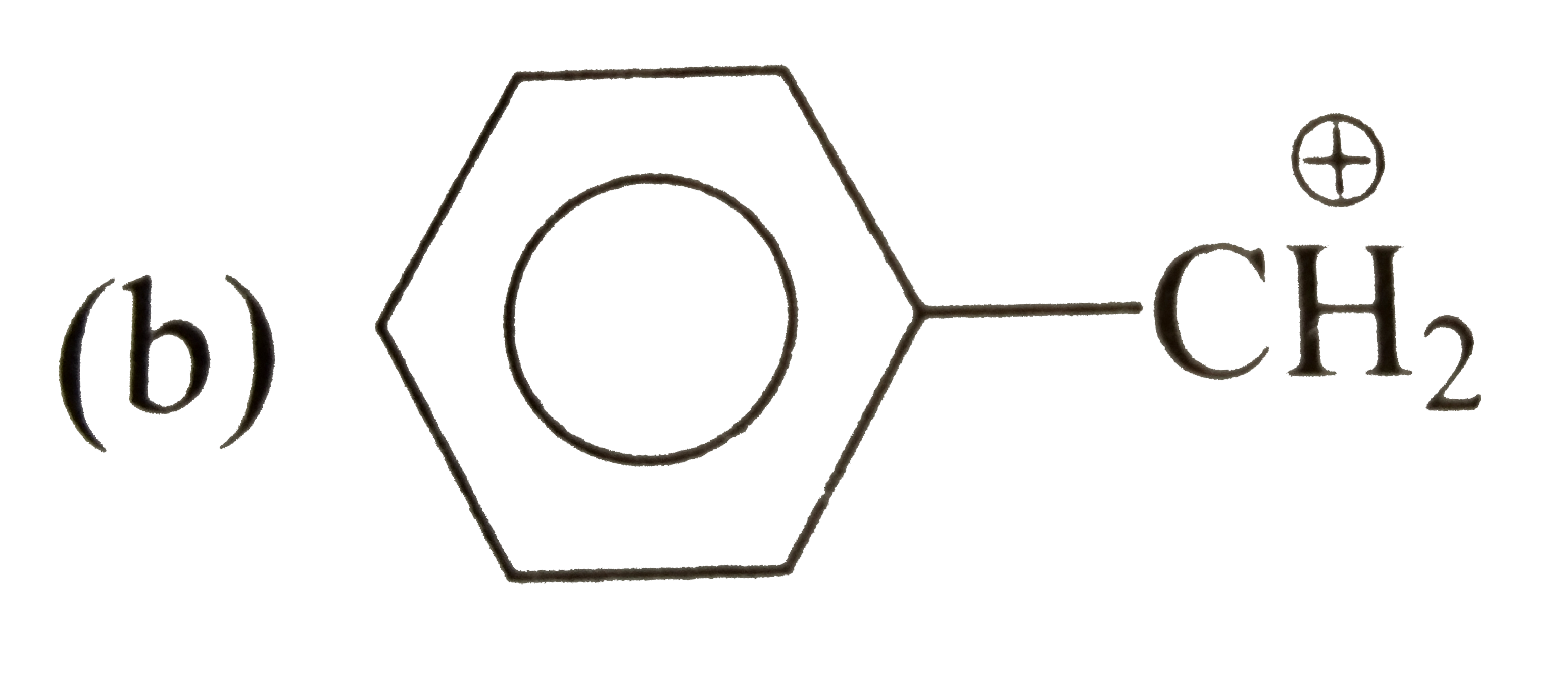 C
C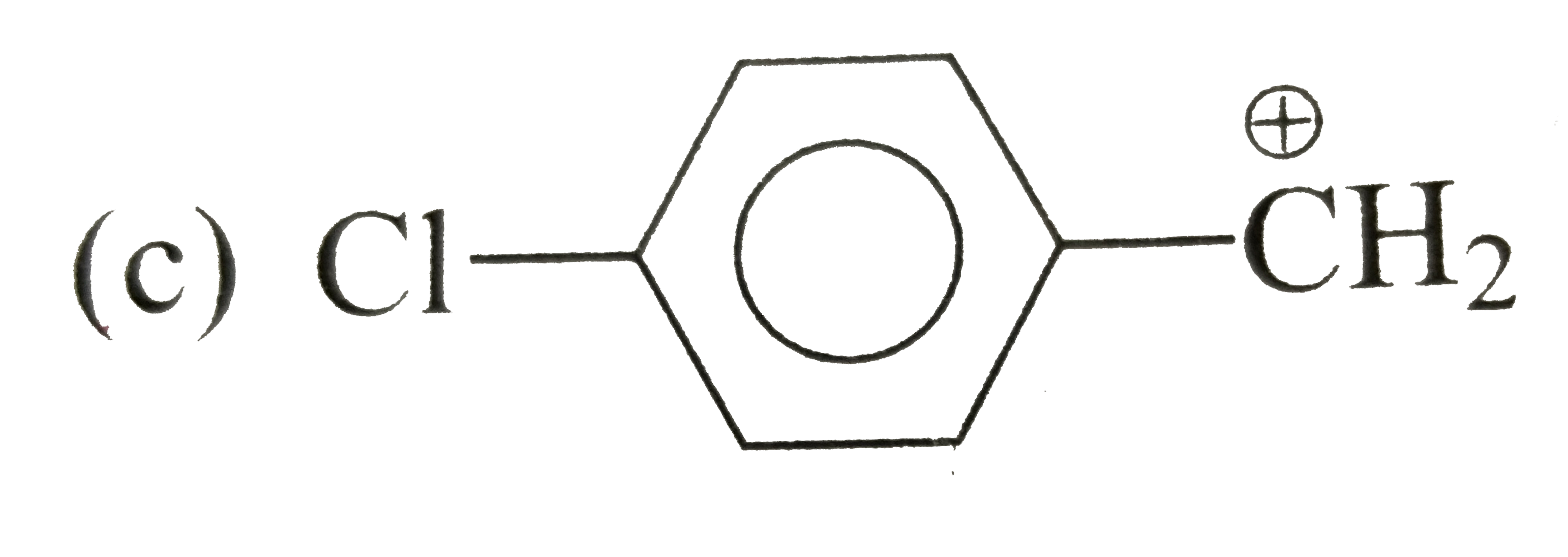 D
D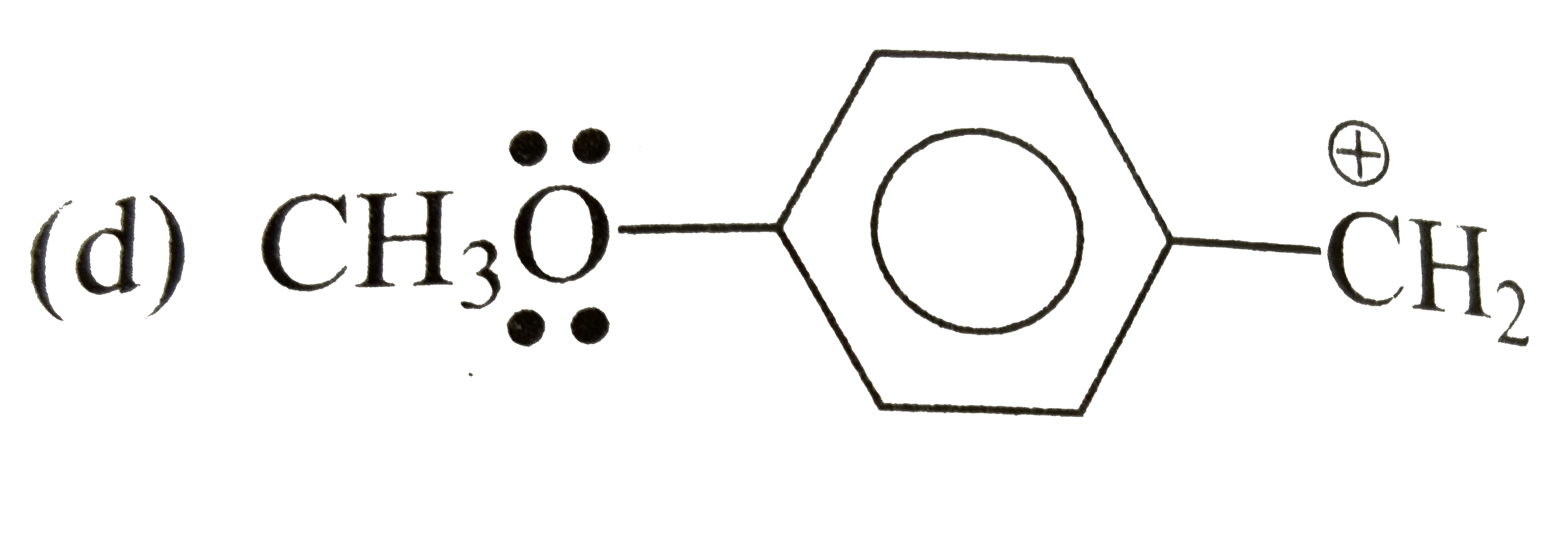
Most stable carbocation is:
ACH3−+CH2B+CH2CHCl2C+CH2CH2ClD+CH2−CH2NO2Most stable carbocation is:
A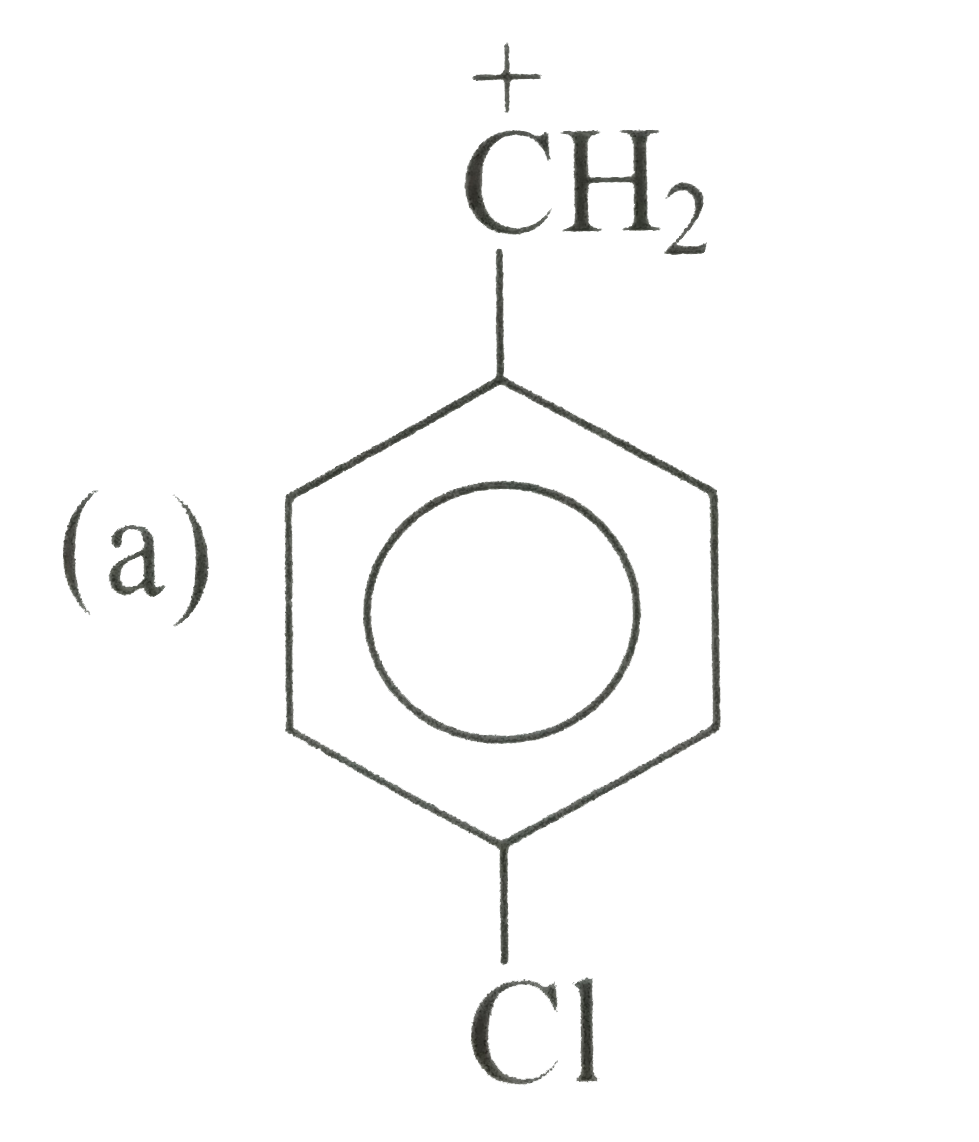 B
B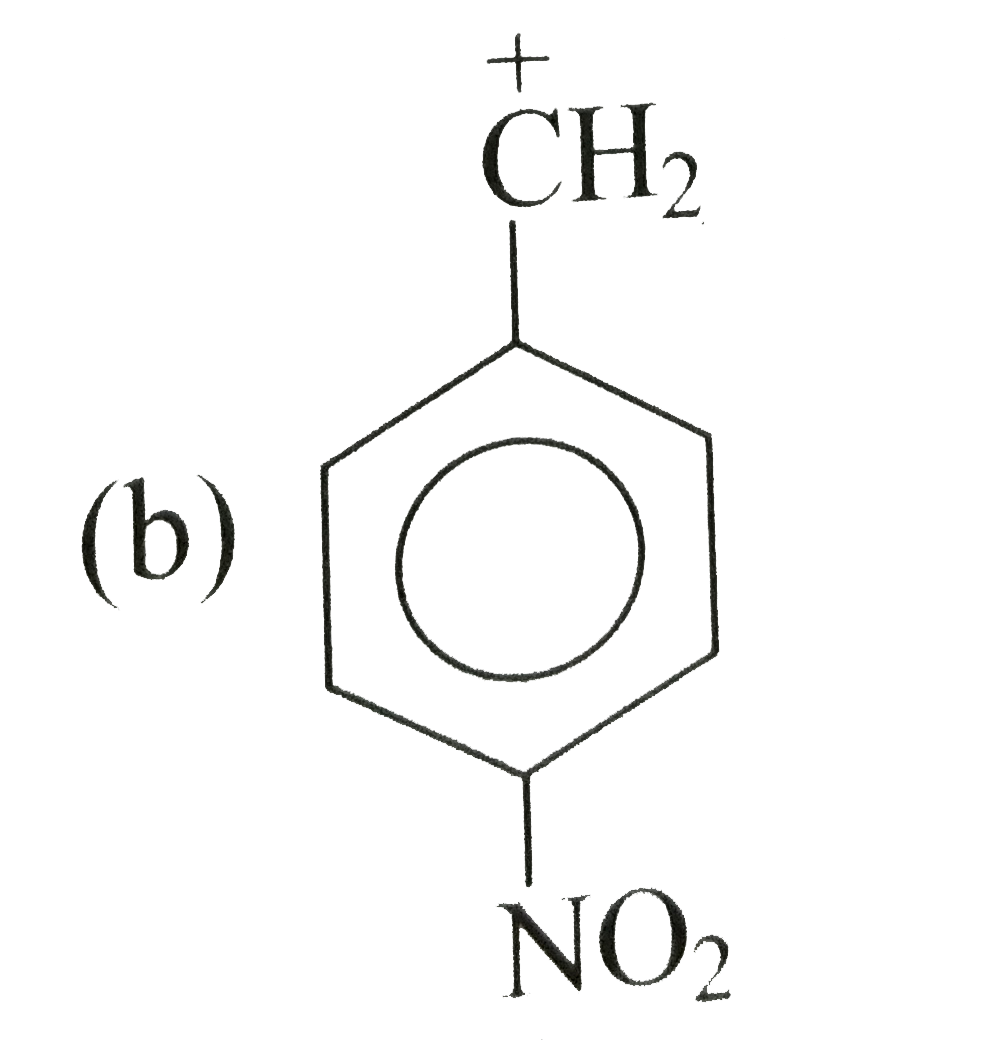 C
C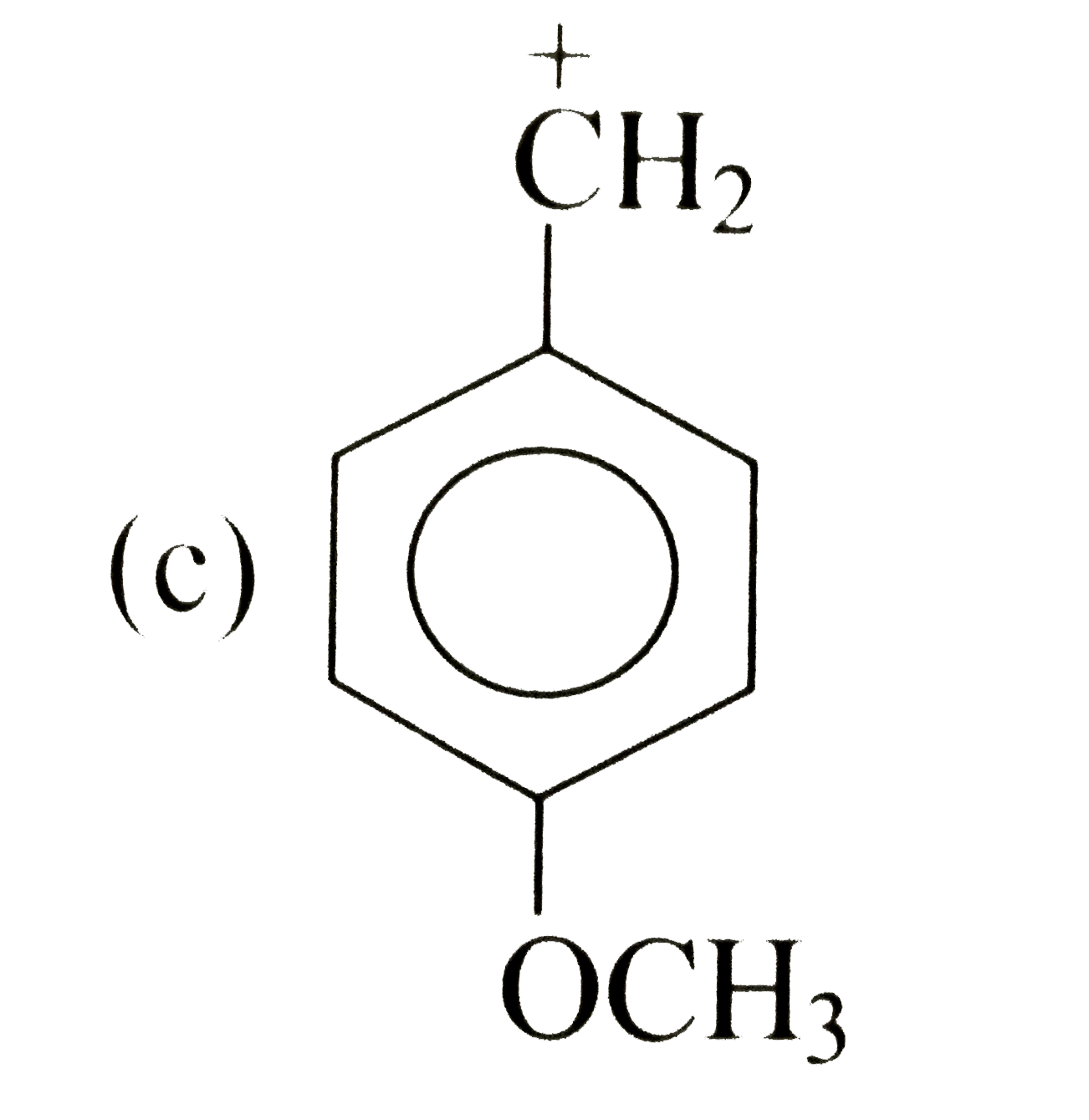 D
D